 AMERICA’S SECRET WEAPON
AMERICA’S SECRET WEAPONNavajo Code Talkers of World War II
By Ann Stalcup
For a long time Ann Stalcup has been fascinated by the role that the over 300 Navajo Code Talkers played in the Pacific during World War ll. Although all the facts are true, this story is a fictionalized account of the Code Talkers—America’s Secret Weapon. There is increased urgency in telling their story in a way that young people, as well as adults, can understand and appreciate. The author interviewed four of the original “talkers” in Arizona and New Mexico before writing this book and was impressed with their courage, graciousness, and desire to share their story. For twenty-three years following the war, their unbroken code had remained a secret. Not even their families were permitted to know the part they had played in fighting the war. This inspiring story focuses for the most part on one man, but it is the experience of every code talker’s dangers and triumphs. Recognition of their contribution was a long time coming.
As a teenager the author planned for a career in ballet or art. Unable to decide between the two, she became an educator in England, Canada, and California. Ann Stalcup is the author of seventeen books, fifteen of which are nonfiction. All but two are for children of various ages while two work equally well for both adults and children. She has also written numerous articles and stories for children’s magazines. Fifteen of her books were inspired by the over 150 countries she has visited.
Softcover:
6 X 9
ISBN: 978-1-63293-176-4
60 pp.,$16.95
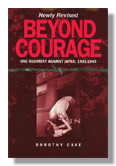 BEYOND COURAGE
BEYOND COURAGE BREAKDOWN
BREAKDOWN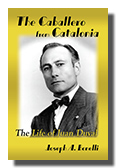 THE CABALLERO FROM CATALONIA
THE CABALLERO FROM CATALONIA CHILDREN AND FISH DON'T TALK
CHILDREN AND FISH DON'T TALK DON JOSE
DON JOSE DOUGHNUT DOLLIES
DOUGHNUT DOLLIES ENSNARED IN A SPIDER'S WEB
ENSNARED IN A SPIDER'S WEB ERNIE PYLE IN THE AMERICAN SOUTHWEST
ERNIE PYLE IN THE AMERICAN SOUTHWEST FOUR TRAILS TO VALOR
FOUR TRAILS TO VALOR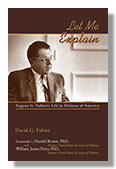 LET ME EXPLAIN
LET ME EXPLAIN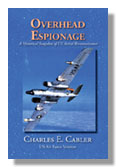 OVERHEAD ESPIONAGE
OVERHEAD ESPIONAGE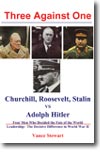 THREE AGAINST ONE
THREE AGAINST ONE TO BE A WARRIOR
TO BE A WARRIOR THE WIND IN THE TREES
THE WIND IN THE TREES